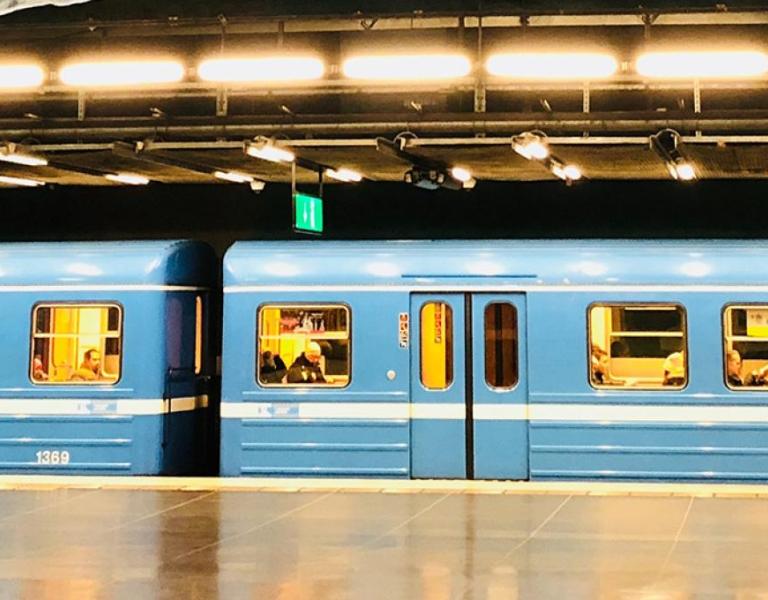
Stockholm Public Transport Administration - Maintenance Optimization of Commuter Trains
New train increased the comfort and safety of the commuters and at the same time improved the availability.
Systecon is engaged in a project since 2002 to assist SL in the continuous work to ensure that the vehicles meet the high performance requirements during operation. Systecon’s engagement has primarily been dedicated to providing project support on reliability assurance and resource dimensioning for the maintenance infrastructure essential to reach the traffic objectives.
In total, SL (Stockholm Public Transport) acquired 71 new trains, giving the commuters a totally new travelling experience. Air conditioning and significantly reduced noise levels provide increased comfort. To meet the ongoing increase in population and expansion of the grid, SL decided to purchase another 46 trains.
High availability requirements
Ole Robertsson is fleet manager at SL. For him there is no doubt about what is most important in a train operation with the intensity of commuter traffic.
The efforts to reach high fleet availability are very extensive. When the supplier guarantees a very high reliability this is taken into account when planning the traffic and this means it is essential that they live up to their promises. The journey has not been easy since the start of traffic in 2005 but gradual improvement and SLs consistency in the reliability assurance process makes us get there.
System evaluation and resource allocation
Another of Systecon’s assignments is to evaluate the requirements on resources to maintain the vehicles. Systecon has used two applications from the in-house developed ILS-toolbox Opus Suite – OPUS10 and SIMLOX. In SIMLOX, a model has been created to simulate the availability of the vehicles. The model describes the operational availability in relation to the scheduled timetable, as a function of resources, reliability, and the maintenance plan. This model has been helpful to dimension the maintenance resources and facilities throughout the expansion of the commuter traffic.
One result has been a new maintenance concept that was better suited for the high availability demands. This resulted in an efficiency gain corresponding to 1.5–2 complete vehicles. The concept describes the overall maintenance strategy, which defines rules for when maintenance activities should be performed, as well as guidelines for the packaging and restructuring of the maintenance tasks.
Procurement of strategic components
Another central area is the procurement of strategic high cost components, i.e. expensive components that:
- have an expected low consumption, but very long delivery times, or
- are included as replacement parts in preventive maintenance activities.
Systecon uses OPUS10 to compute the need for spare components at different location in the organization. Various replacement and repair strategies were tested, and finally the components could be allocated based on the criteria “maximum availability per invested amount of capital”.
Valuable experiences facilitate the acquisition
In most organization, large acquisitions are uncommon. Ole Robertsson therefore believes that one should not hesitate to consult external experts:
It is difficult to internally build a sufficiently large knowledge bank on these issues. Systecon has proven models and long experience from working with these types of projects. The software tools are easy to use, and provide a powerful decision support that helps us utilize our resources in the most efficient way. They have never disappointed me during all the years we have been working together.
Book a demo
Related Articles